FAQ
1 - What should l do if the charging station shows over-voltage?
Use a multimeter to check if the power input voltage is too high. lf it is 264 V or higher (110% of the rated voltage 240V), please contact your local power grid company for further assistance.
2 - What actions should l take if the charging station is overheating?
Check if the EV charging cable is securely connected. Make sure the operating temperature is within the specified range on the product label. Stop charging and restart only when the temperature is back within the operational range.
3 - What if internet connection fails?
Try to connect another device to the same internet, verifying the Internet connection is working properly.
If you are using Wi-Fi, please make sure the charger is connecting to a 2.4GHz Wi-Fi.
lf the charger is trying to connect a 4G SlM card, please check if there is data available.
If the problem persists, contact customer service support.
4 - What if the charging session does not start as scheduled?
If the charging session doesn’t start as scheduled, make sure the connector is not inserted into your EV charging portbefore setting up a charging schedule for the first time. insert the EV charging cable after the schedule is set up.
5 - What steps should l take if there is under-voltage at my charging station?
Use a multimeter to check if the power input voltage is too low. lf it is 166.4 V or lower (80% of the rated voltage 208V),please contact your local power grid company for assistance.
6 - What if l lost my PlN code?
The PlN code can be found in the atached Quick Reference Guide. lf you have lost your Quick Reference Guide, please locate the S/N of the charger on the charger side firstly, then contact Maxpower technical support and provide the charger’s definite S/N.
7 - What if the charger fails to update via Bluetooth?
If the charger fails to update via bluetooth, please follow the steps below:
- Make sure the charger is in idle status.
- Make sure the Bluetooth connection is working properly. If the problem persists, contact customer support.
8 - How to authenticate for the charger?
To activate the charger and gain access to it, you can utilize one of the following user authentication methods:
- Maxpower Charge App: You can use Maxpower Charge app provided for the charger. Open the app, log in, and follow the instructions on screen to initiate the charging process.
- RFlD (Radio-Frequency ldentification) Card: lf the charger supports RFlD card access, you can use your RFlD card by simply swiping or tapping it on the designated card reader on the charger.
- QR Code: Each charger has a QR code on its panel. Scan the QR code and follow the prompts to start charging.
9 - Is it possible to manage multiple chargers simultaneously using the Maxpower Charger App?
Yes, the Maxpower Charger App is designed to support the management of multiple chargers simultaneously. Whether you have two chargers or more, the app allows you to conveniently monitor and control each device from a single interface.
1 - How to troubleshoot if the charger report an error code about charger cabinet tilt?
- Check if the charger’s software version is the latest. lf it is not, upgrade to the latest version and try charging again.
- Compare the angle of the charger to the horizontal plane. lf the charger is excessively tilted, adjust it to be as vertical as possible to the horizontal plane.
- Contact Maxpower technical support or headquarters for sensor calibration.
- lf the above steps do not resolve the issue, contact Maxpower technical support for further analysis.
2 - What should l do if the charger is unable to read the RFlD card?
- Check if the RFlD card used by the user is bound to the corresponding biling policy, and whether the relevant policy is bound to the charger being used.
- use the NEc function on a mobile phone to read the RElD card’s protocol currently, the supported protocols for thecharger include: 1SO/lEc 15693 protocol, ISO/lEC 14443 Type A protocol (up to 848kbps), and ISO/EC 14443 Type Bprotocol. lf the RFlD card uses a different protocol, the charger may not be able to read it.
- Check if the RFlD card is a small tag (droplet tag), if the card chip is exposed, or if the card is in a card sleeve. Ensurethat the RFlD card is intact and the chip is undamaged; it is not recommended to use the card with a sleeve for swiping.
- Replace the RFlD reader and check if the issue is resolved.
- lf the above steps do not resolve the issue, contact Maxpower technical support for further analysis.
3 - How do l do if there are multiple payment requests in a single order after charging?
- Check if the charger’s software version is the latest. lf it is not, upgrade to the latest version and try charging again.
- Check for any duplicate biling orders and confirm the network quality at the time when the proble matic orders occurred.
- Check the network of the charger. High network latency or poor network quality can cause the charger to resend order information after a failed attempt.
- Confirm with the third-party cloud service about the handling strategy for duplicate order information sent by the charaer (with the same retransmitted transaction ID). lf there is an issue with the third-party cloud service’s handling measures, they will need to improve their process.
- lf the above steps do not resolve the issue, contact Maxpower technical support for further analysis.
4 - What should l do if the charger's network connection is unstable?
- Check if the charger’s software has been upgraded to the latest version. lf not, upgrade to the latest version.
- Check the Wi-Fi/4G signal strength; if the signal is weak, the problem is likely due to poor signal.
- Check if other devices connected to the same network source are also experiencing disconnection issues; if they are, prioritize trouble shooting the network itself.
- use other electronic devices to compare and test the same network source to see it thev also experience disconnection issues. lf they do, it indicates that the problem is with the network source itself.
- Replace the TCU board and check if the issue is resolved.
- lf the above steps do not resolve the issue, contact Maxpower technical support for further analysis
5 - How to troubleshoot if the charger is unable to connect to the third-party OCPP cloud?
- Check if the configured OCPP URL of the charger is correct. The correct OCPP URL should end with a “/”.
- Verify that the connection method (ws or wss), port, password (if required), security configuration, and certificate (if required)configured on the charger are correct.
- Confirm with the third-party OCPP cloud whether they have received the connection request sent by the charger. lf not,check the network source or network security policies between the network source and the link.
- lf the third-party OCPP cloud confirms receipt of the connection reguest, confirm with them the reason for rejecting the connection and make the necessary corrections based on the reason.
- lf the above steps do not resolve the issue, contact Maxpower technical support for further analysis.
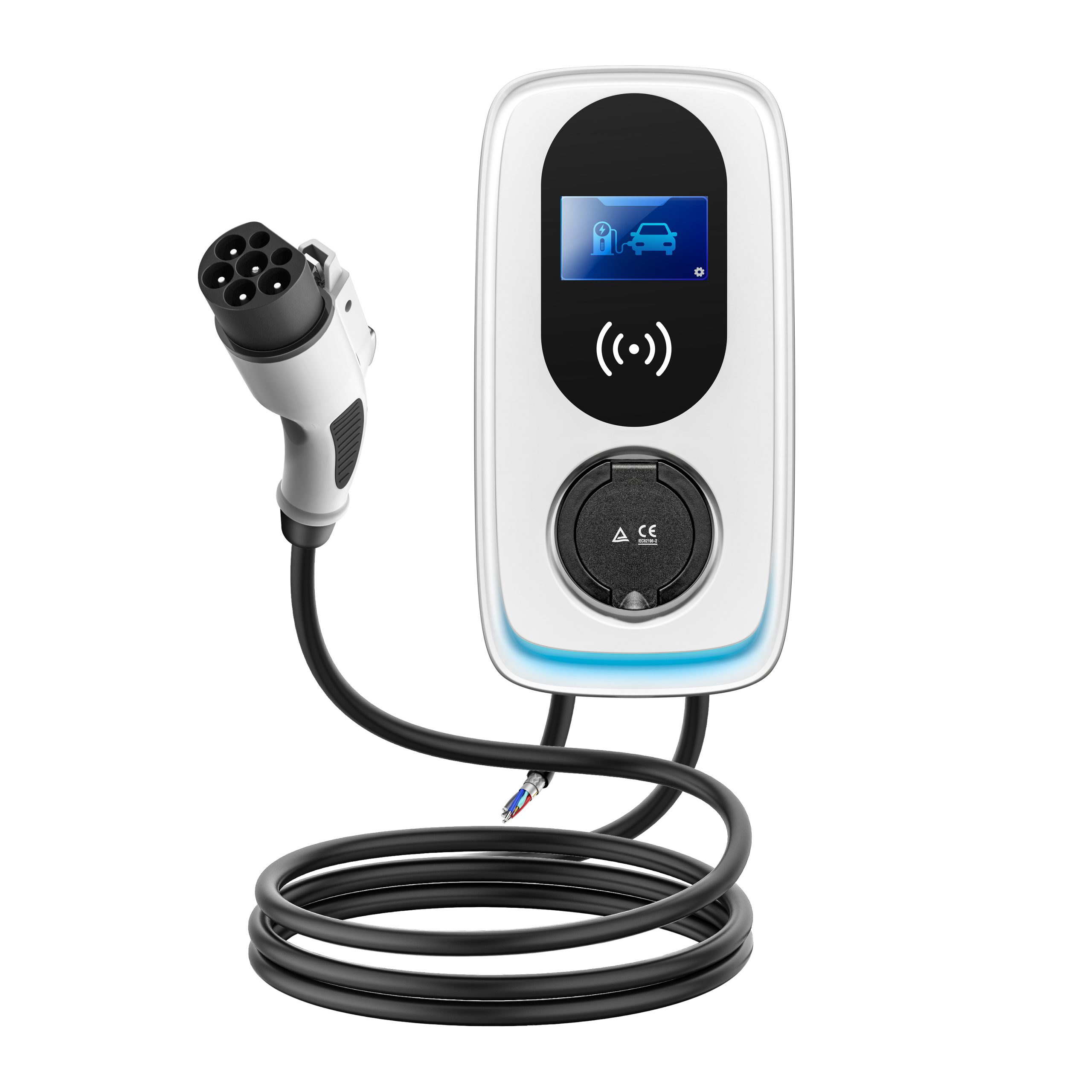
ACQ Series
7-22KW, IP54, With TUV certification, Support OCPP1.6/2.0, Wall or column mounted
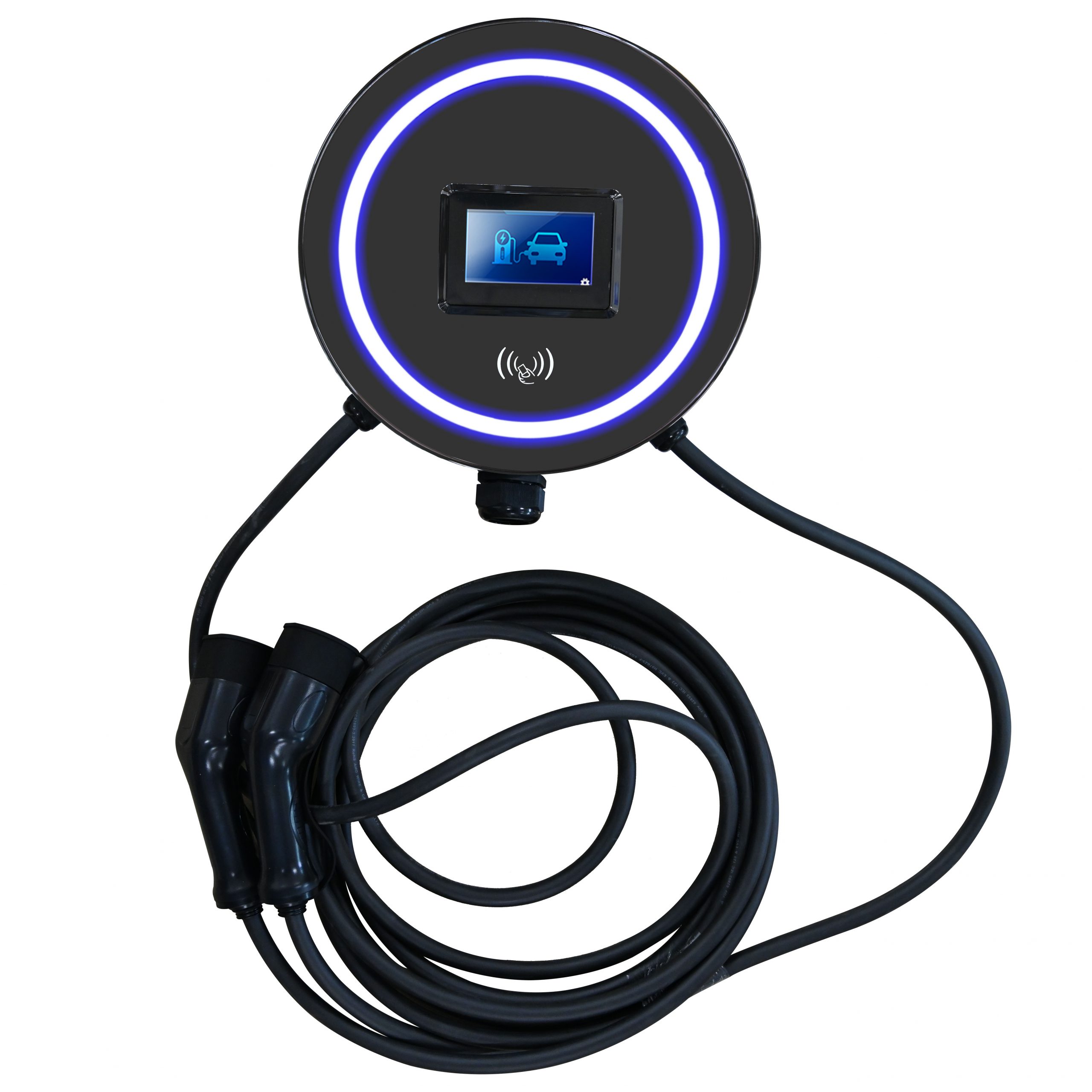
ACO Series
7-22KW, IP54, Support OCPP1.6/2.0,Wall or column mounted

ACP Series
7-22KW, IP54, Support OCPP1.6/2.0, Floor mounted

ACQ Series
7-22KW, IP54, With TUV certification, Support OCPP1.6/2.0, Wall or column mounted

ACO Series
7-22KW, IP54, Support OCPP1.6/2.0,Wall or column mounted

ACP Series
7-22KW, IP54, Support OCPP1.6/2.0, Floor mounted
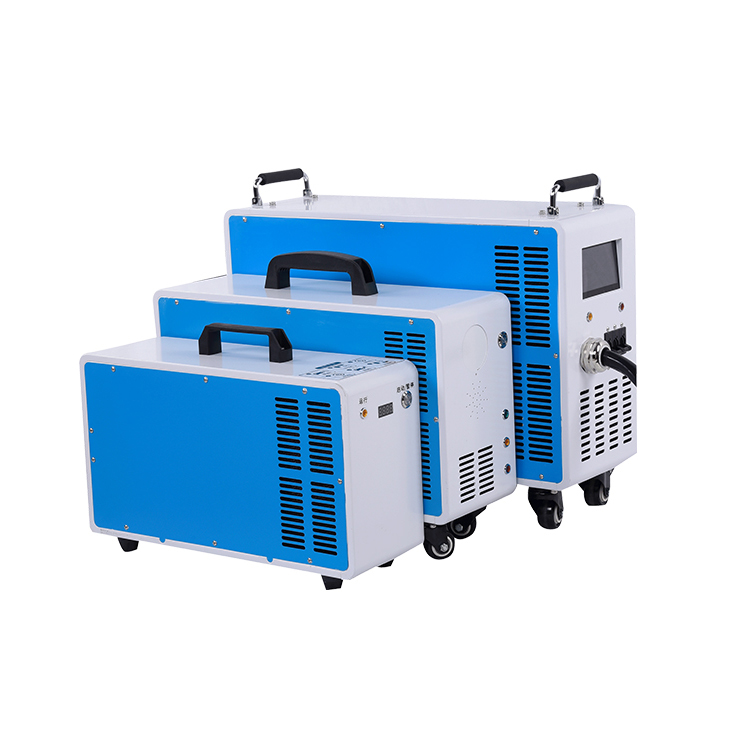
MC Series
7-60KW, IP43, Accept customization of GB/T/CCS/CHAdeMO/NACS, Portable, Patent design
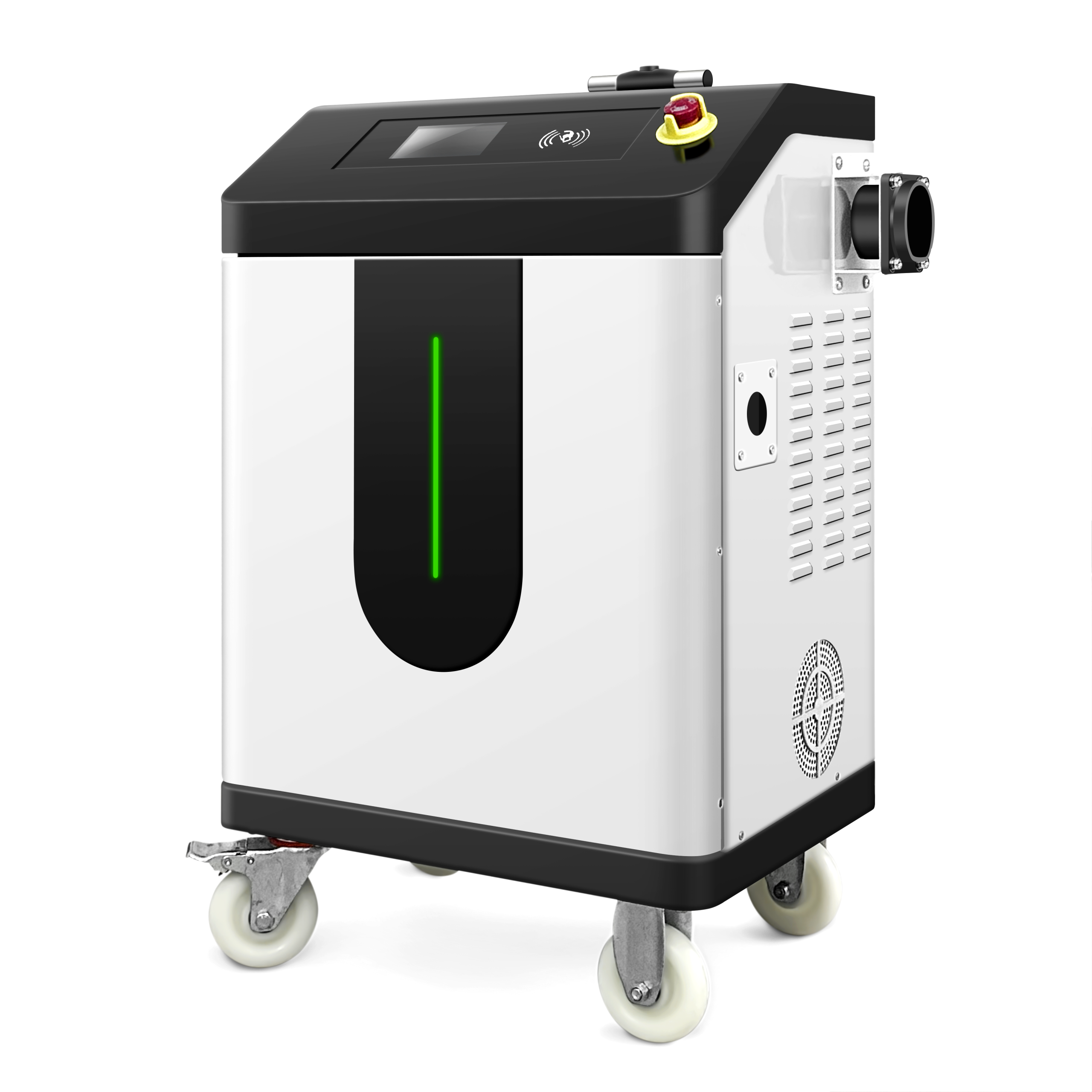
TC Series
30-80KW, IP54, Support OCPP1.6/2.0, Portable

XC Series
7-40KW, IP43, Support OCPP1.6/2.0, Portable

MC Series
7-60KW, IP43, Accept customization of GB/T/CCS/CHAdeMO/NACS, Portable, Patent design

TC Series
30-80KW, IP54, Support OCPP1.6/2.0, Portable

XC Series
7-40KW, IP43, Support OCPP1.6/2.0, Portable

RC Series
22KW, IP65, Lower noise, Support OCPP1.6/2.0, Wall or column mounted

SC Series
7-40KW, IP54, Support OCPP1.6/2.0, Wall or column mounted
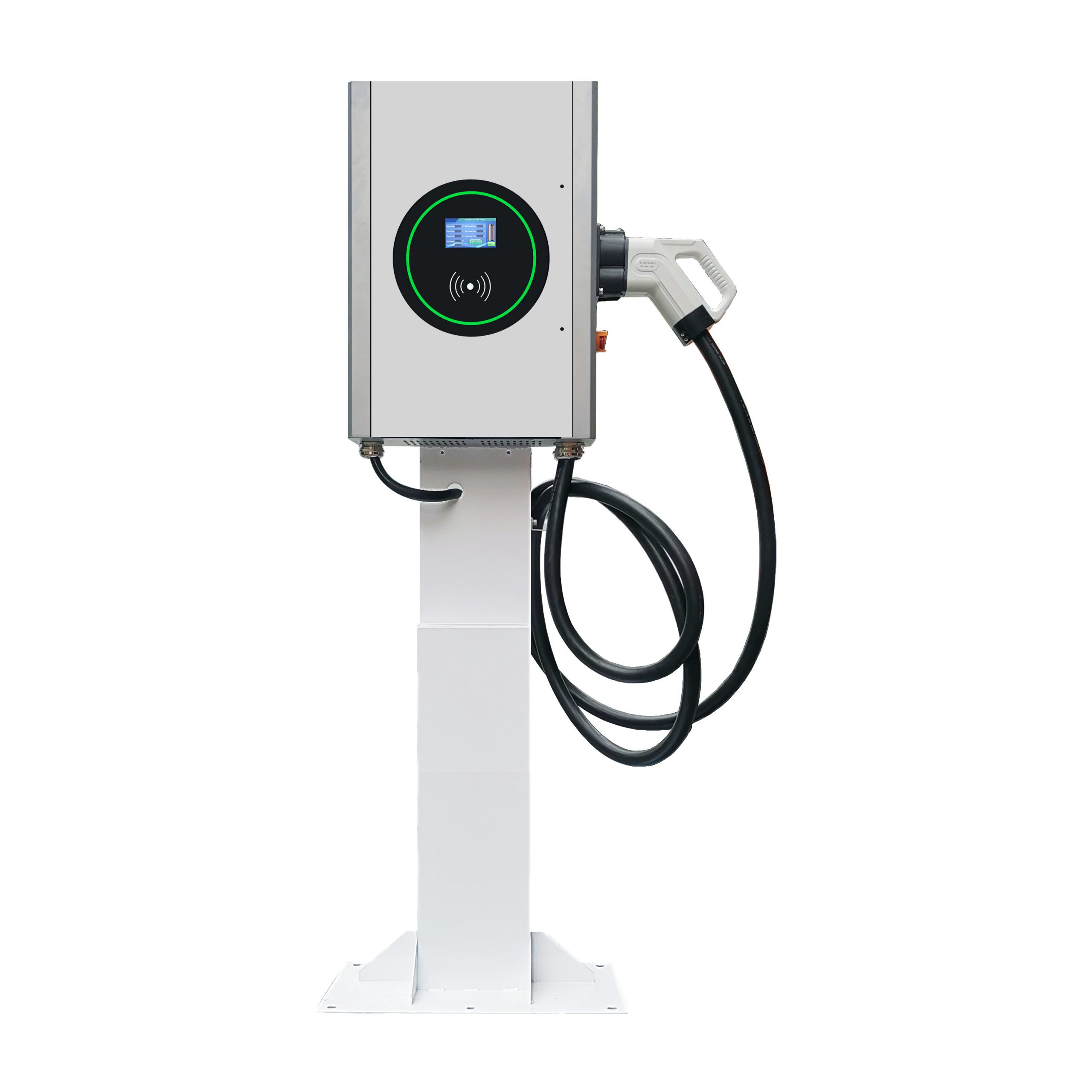
OC Series
7-40KW, IP54, With TUV certification, Support OCPP1.6/2.0, Wall or column mounted

RC Series
22KW, IP65, Lower noise, Support OCPP1.6/2.0, Wall or column mounted

SC Series
7-40KW, IP54, Support OCPP1.6/2.0, Wall or column mounted

OC Series
7-40KW, IP54, With TUV certification, Support OCPP1.6/2.0, Wall or column mounted
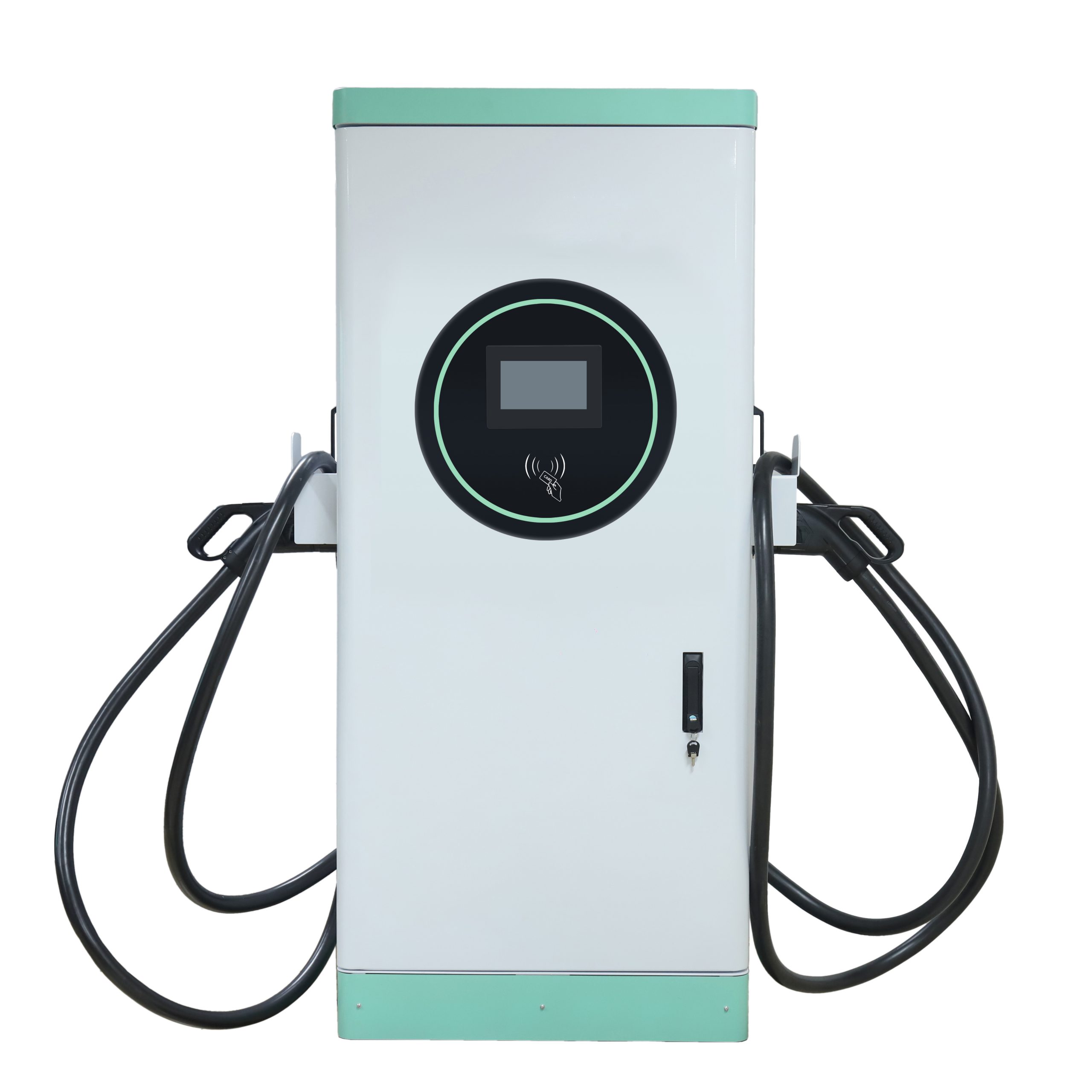
HC Series
60-240KW, IP54, Support OCPP1.6/2.0, Floor mounted
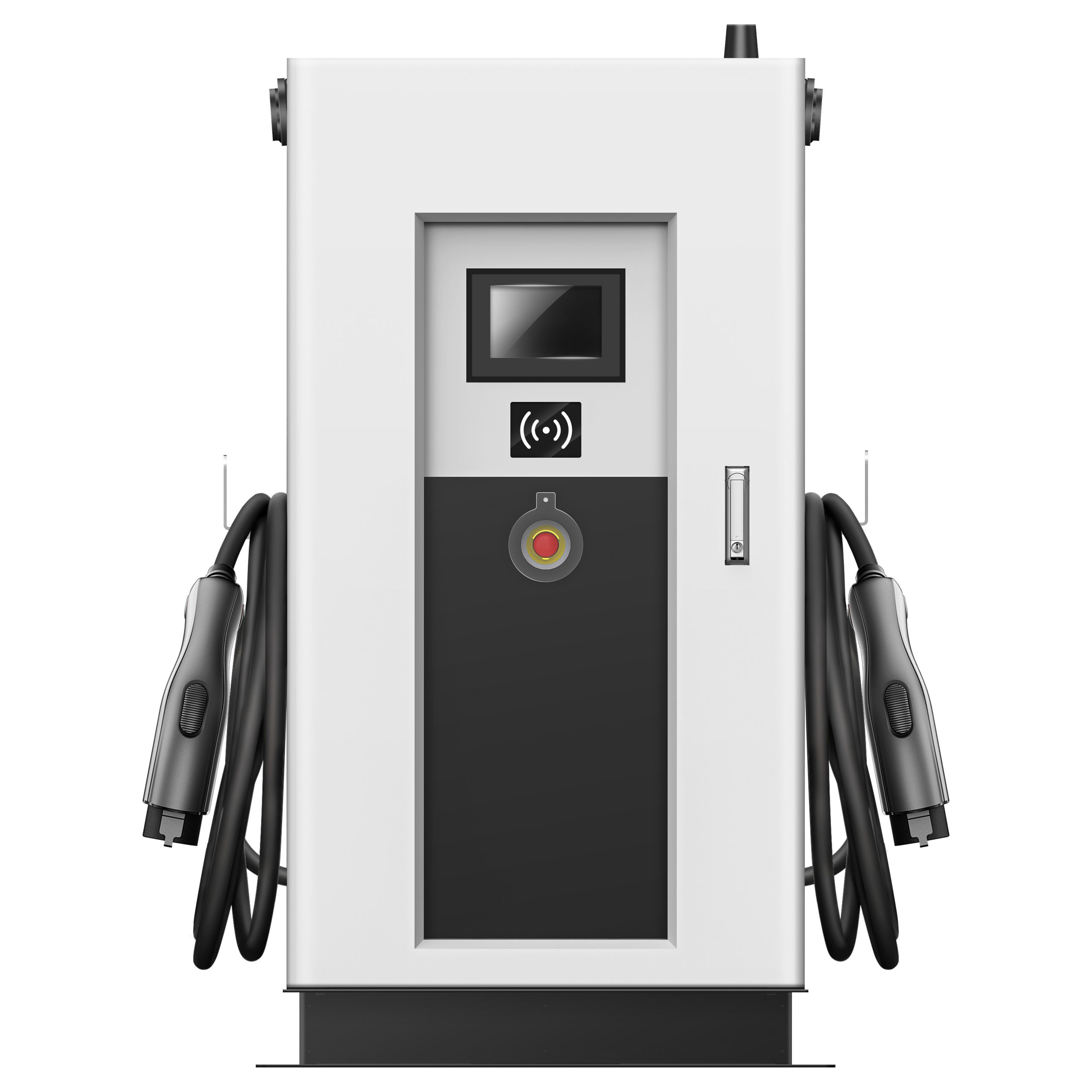
VC series
60-160KW, IP54, With TUV certification, Support OCPP1.6/2.0, Super thin, Floor mounted
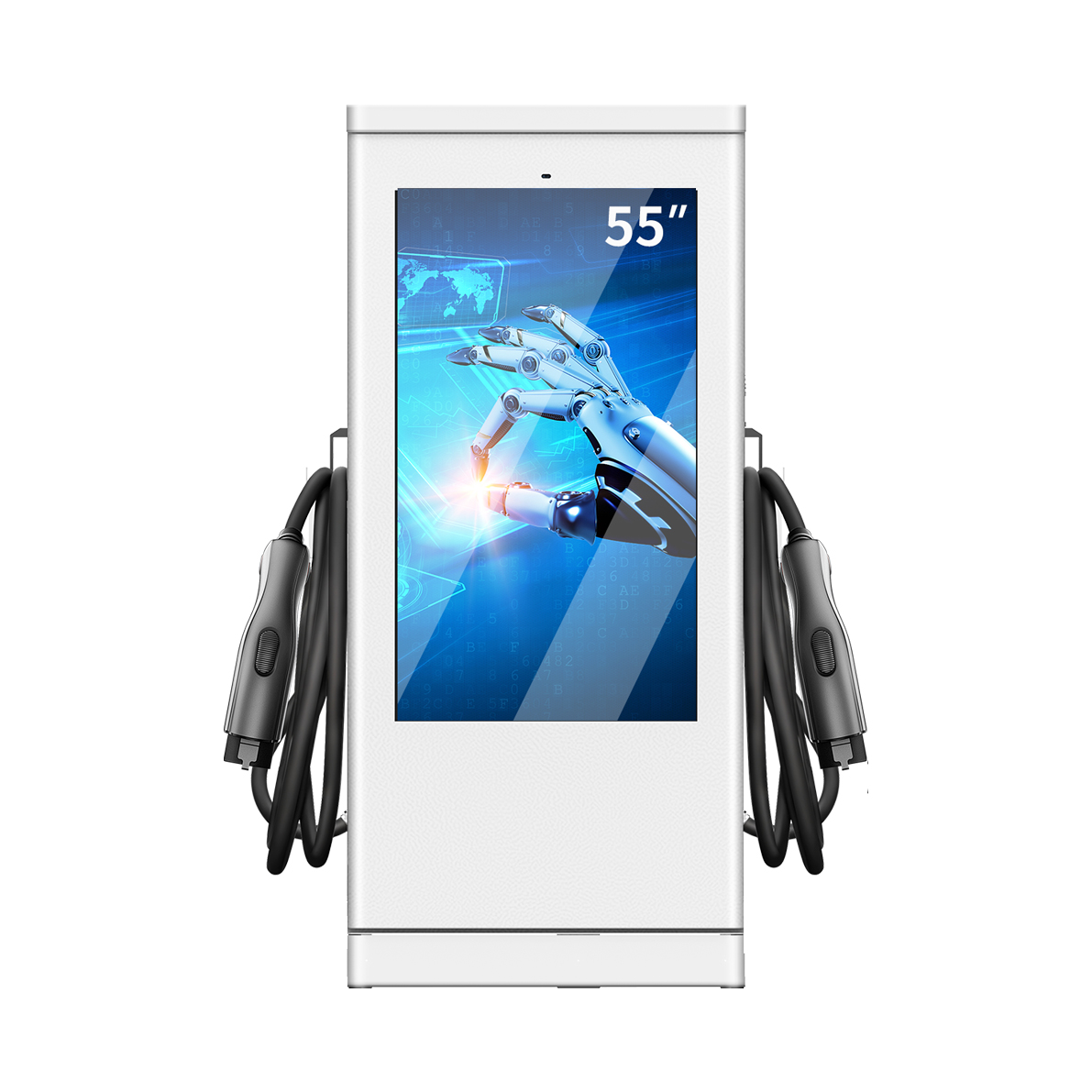
KC Series 60KW-240KW
60-240KW,IP54,with big advertising screen, support OCPP1.6/2.0,floor mounted

HC Series
60-240KW, IP54, Support OCPP1.6/2.0, Floor mounted

VC series
60-160KW, IP54, With TUV certification, Support OCPP1.6/2.0, Super thin, Floor mounted

KC Series 60KW-240KW
60-240KW,IP54,with big advertising screen, support OCPP1.6/2.0,floor mounted

BCM Series
11KW, IP54, Support OCPP1.6/2.0, Movable

BCM Series
11KW, IP54, Support OCPP1.6/2.0, Movable
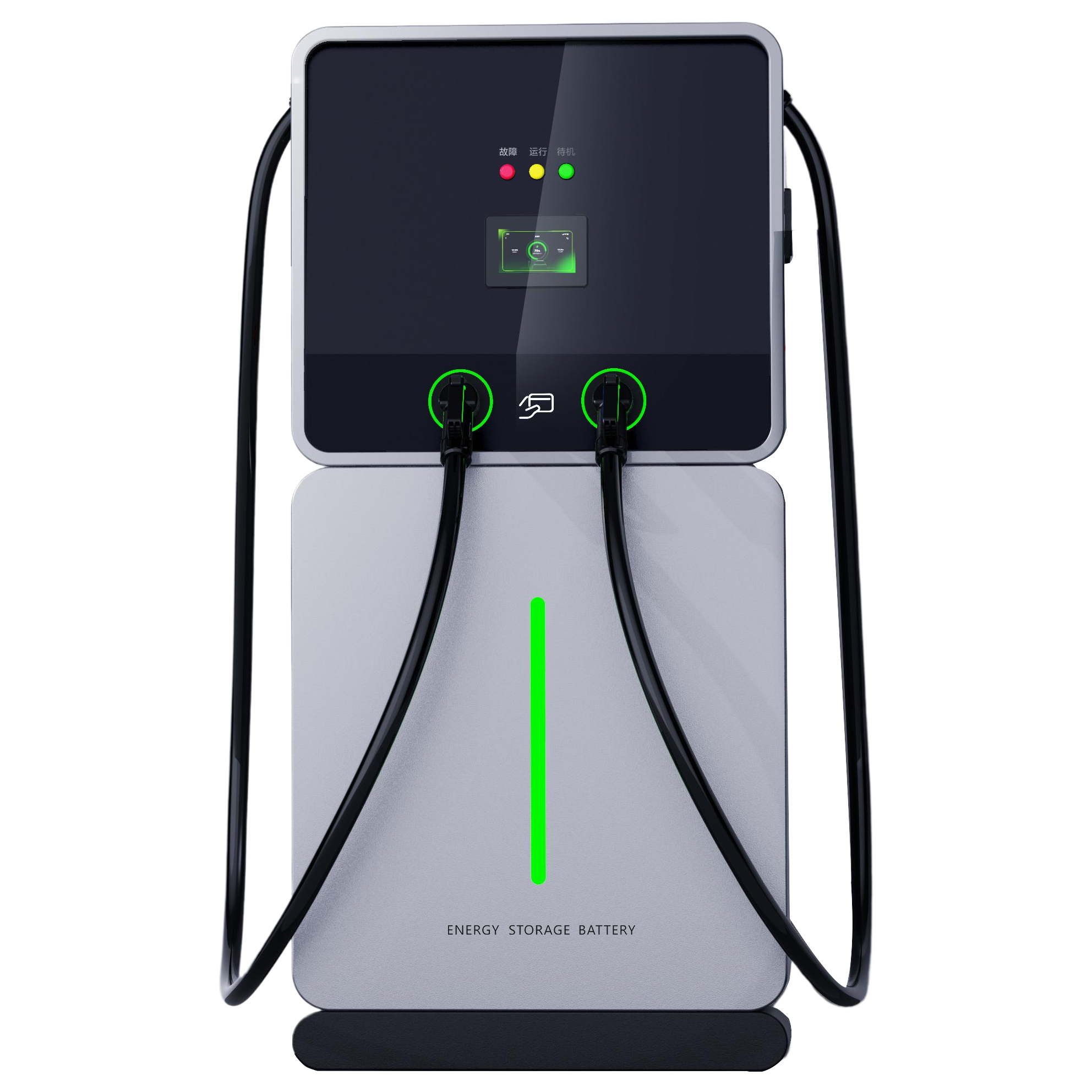
BCV series
60KWH60KW, IP54, Support OCPP1.6/2.0, Floor mounted

BCM Series
11KW, IP54, Support OCPP1.6/2.0, Movable
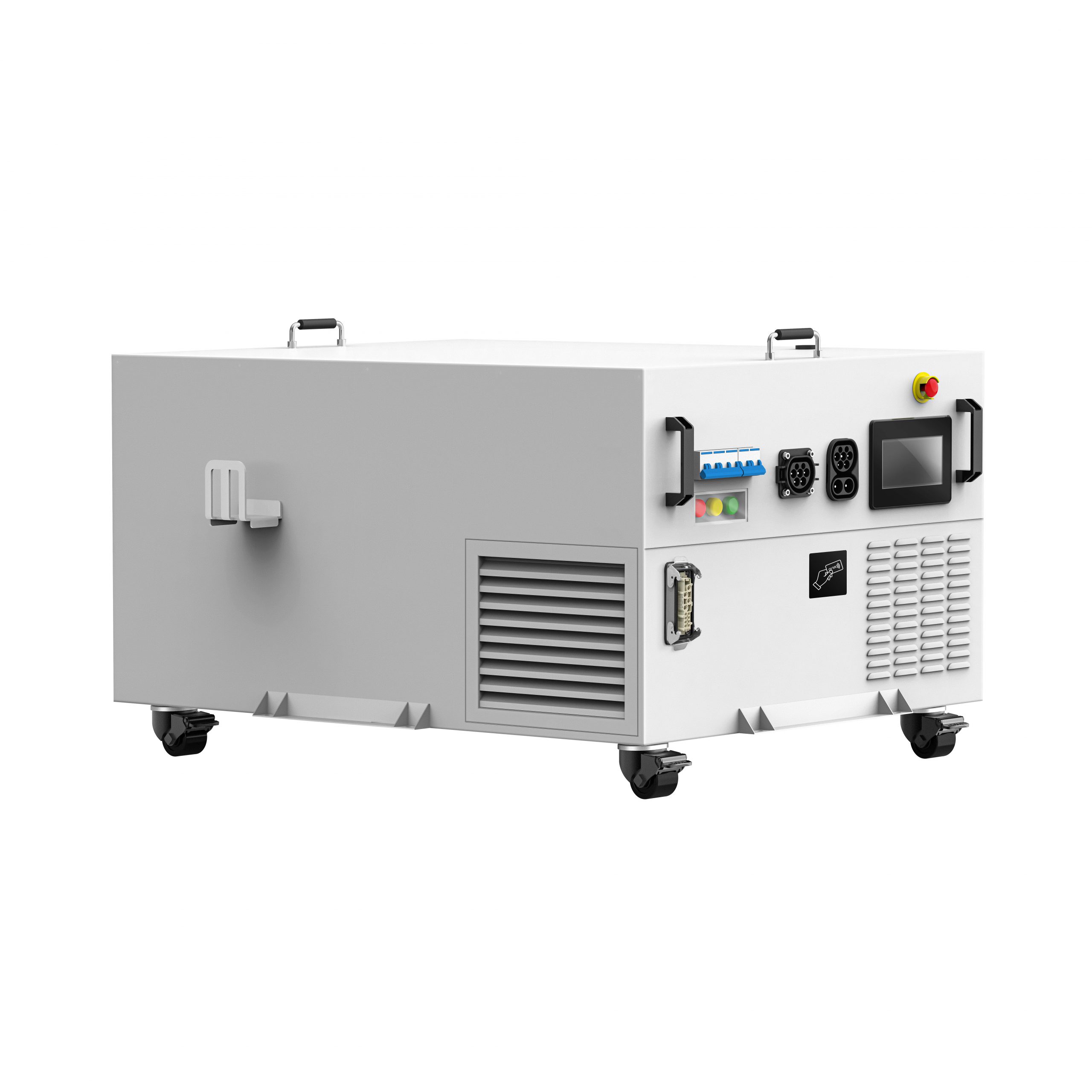
BCH Series
40-60KW, IP54,Support OCPP1.6/2.0, Movable

BCV series
60KWH60KW, IP54, Support OCPP1.6/2.0, Floor mounted
We look forward to hearing from you soon and hope to establish a fruitful
business relationship with your company.
